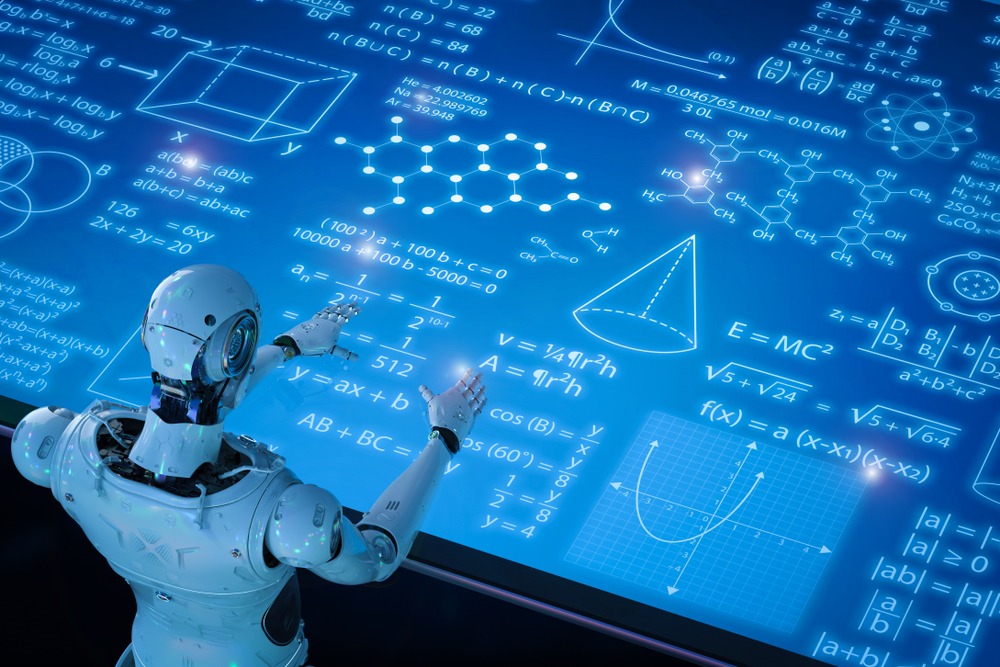There is not much reason for you to know about partial differential equations unless you are an engineer or physicist. Nevertheless, PDEs or partial differential equations are magical. It is because they are a category of math equations that are good to describe change over time and space. Thus, they are especially useful to describe the physical phenomena in our universe. They are helpful to model everything from plate tectonics to the air turbulence that disturbs a flight to planetary orbits. Thus, it, in turn, allows us to do practical things like predicting designing safe planes and predicting seismic activity.
Partial differential equations are notoriously hard to solve. Perhaps, an example illustrates best the meaning of ‘solve’. Imagine that you try to simulate air turbulence to test a new plane design. Navier-Stokes is a partial differential equation that is to describes the motion of any fluid. ‘Solving’ Navier-Stokes enables you to take a snapshot of the motion of air (wind conditions) at any point in time. Moreover, it will enable you to model how it will continue to move or how it was moving before.
Partial Differential Equations
Caltech’s researchers have introduced a new deep-learning technique to solve partial differential equations. It is much more accurate than the deep-learning methods developed previously. It is also much practical, without needing retraining, capable of solving entire families of PDEs, such as the Navier-Stokes equation for any fluid. Finally, it is a thousand times quicker than traditional mathematical formulas. Traditional mathematical formulas. Those equations will ease our reliance on supercomputers. Furthermore, it will increase our computational capacity to model even more significant problems.
The first thing to consider is that neural networks fundamentally function approximators. When the train on data set of outputs and inputs, they calculate the function or series of math operations. Thus, it will transpose one into the other. Think concerning building a cat detector. By feeding it lots of pictures of cats, you train the neural network.
Moreover, you feed it an image that is not cats (inputs) and label each group with a 1 or 0, respectively (outputs). Then, the neural network will look for the best function that can convert each image of a cat into one and each image of everything else into a zero. That is how it will look at a new picture and say if it’s a cat or not. It used the function it found to calculate its answer. Thus, if its training was good, the answer will be correct.
That is a technique of how to solve the partial differential equations.















